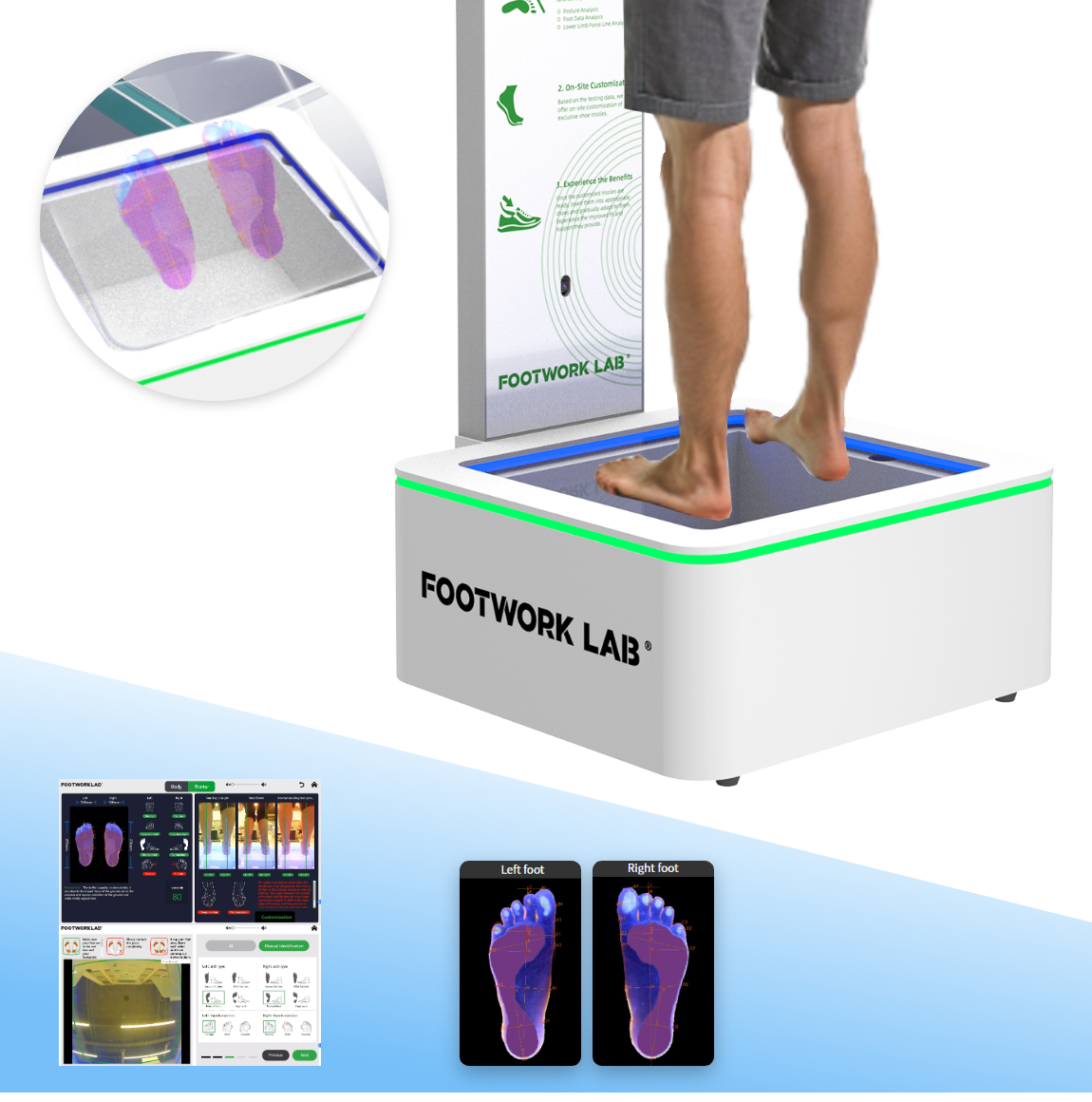Foot pressure analysis equipment for clinics refers to specialized tools designed to measure and evaluate the distribution of force across the plantar surface of the foot during weight-bearing activities, enabling healthcare professionals to assess foot function, diagnose biomechanical abnormalities, and guide treatment plans. This equipment ranges from portable pressure mats to advanced multi-sensor systems, each offering varying levels of precision and data detail to meet the needs of clinical settings such as podiatry clinics, orthopedic practices, and rehabilitation centers. Core components of foot pressure analysis equipment include pressure plates, instrumented insoles, and associated software for data processing and visualization. Pressure plates are flat surfaces embedded with thousands of sensors that capture pressure data when the foot makes contact, generating real-time color-coded maps that indicate pressure magnitude—with red or yellow highlighting high-pressure areas and blue or green representing lower pressure. These plates record not only static pressure (during standing) but also dynamic pressure (during walking or running), tracking how pressure shifts across the foot throughout the gait cycle. Instrumented insoles, worn inside the shoe, provide a more portable option, measuring pressure during everyday activities to capture real-world function. This is particularly useful for assessing how footwear or orthotics affect pressure distribution in natural settings. The software accompanying this equipment processes raw pressure data into actionable insights, calculating metrics such as peak pressure, contact area, pressure time integral (total force over time), and center of pressure trajectory. These metrics help clinicians identify issues like uneven weight distribution, prolonged pressure on vulnerable areas (e.g., in diabetic patients), or abnormal pressure shifts during gait that may indicate overpronation or supination. In clinical applications, foot pressure analysis equipment aids in diagnosing conditions such as plantar fasciitis, metatarsalgia, and neuropathic ulcers, and in designing custom orthotics that target high-pressure areas. It also monitors treatment effectiveness, allowing clinicians to adjust interventions based on objective pressure data. With advancements in technology, modern equipment offers enhanced portability, faster data processing, and integration with 3D foot scanning systems, making it an indispensable tool for delivering precise, personalized care in clinical settings.
